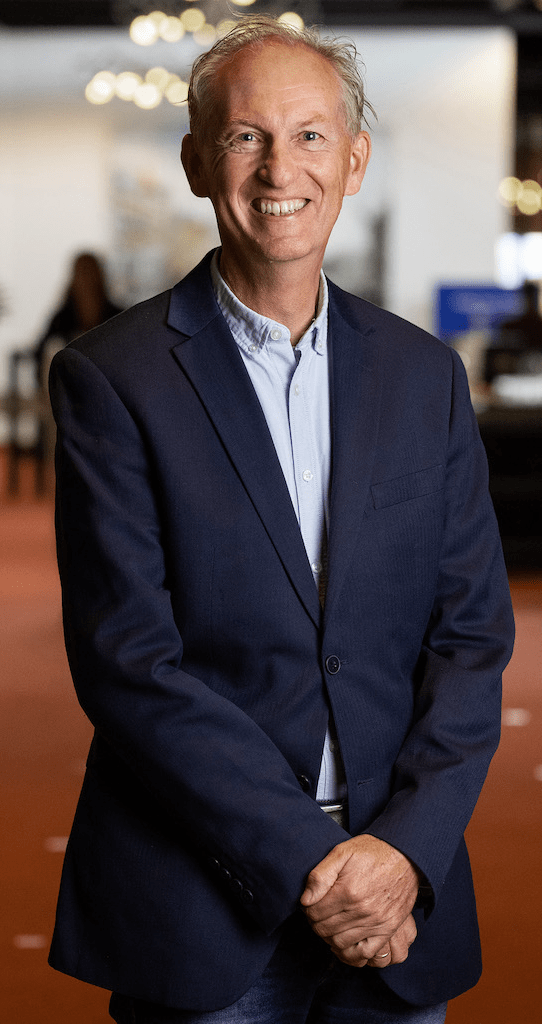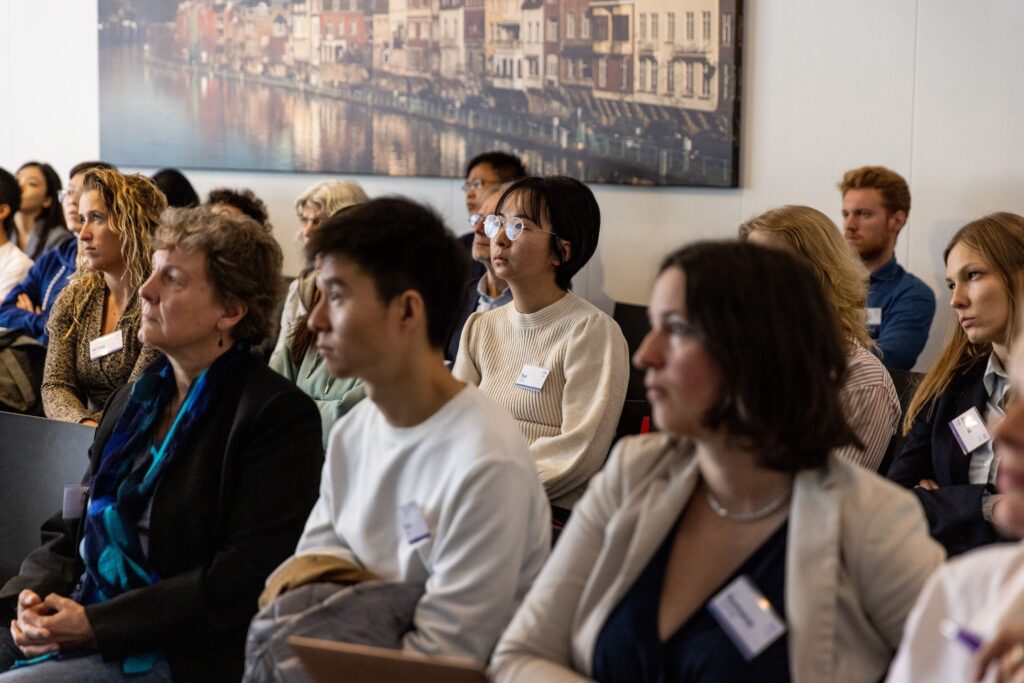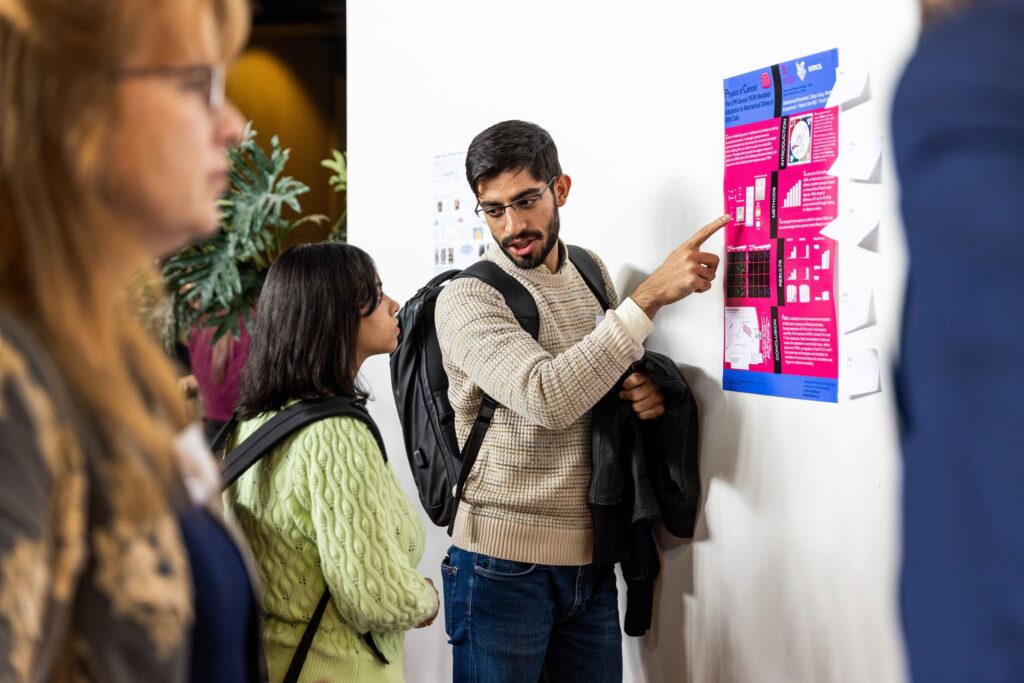Captions

Loading...

Loading...


“HTRIC will be a magnet for students.” Jelmer Sjollema is convinced of that. The cluster could become a beautiful project environment for them. That will especially be true if a physical lab is linked to HTRIC in the future: a place where new medical devices can be developed and new techniques can be validated for use in clinical practice.
“HTRIC will be a magnet for students.”

The story with Jelmer Sjollema and HTRIC started long before he had even heard of HTRIC. Together with people such as Max Witjes and Hedi Koning he worked on an assignment by dean Marianne Joels a couple of years ago. The goal was to involve the technical sciences of the UG and the business community more with research and clinical practice in the UMCG. The regulations are so strict that many innovations are left abandoned before they are even tested in clinical practice, unless a company is bold enough to want to take an innovation to the next level. A new, to be founded Innotech Centre should play a part in that, was the idea a couple of years ago. “In this regard, Groningen lagged a bit behind compared to the universities of Maastricht and Twente”, Jelmer Sjollema says. “That was not just because of the financial obstacles. In Groningen we might have suffered from tunnel vision, thinking that since the university and UMCG are so close together physically, cooperation between the two would grow organically. But that cooperation never really took off in practice. We can do better.”
The COVID-19 pandemic and the incredible stress that caused on a management level has resulted in the fact that this Innotech Centre still has not been realised. So when co-director of education Erik van der Giessen asked Jelmer Sjollema to join HTRIC, his request came at just the right time. Jelmer Sjollema: “We were waiting for something like HTRIC. Being offered the possibility to share new technologies thought of by researchers with the UMCG or clinical care is something that will create a continuum between the fledgling ideas on the technology side and patients at the other end. That would be amazing.”

“Be disruptive.”
Jelmer Sjollema hopes that the students of Biomedical Engineering, but also of other biomedical studies like Biomedical Sciences, will find a connection within HTRIC and will learn to think just a tad more practically. They will be faced with concrete problems from clinical practice that are begging for a solution, but also with the complex rules and regulations one encounters when realising those ideas.
As such, the fundamental question is different from classic, hypothesis-driven research: what do you want to achieve and how will you apply scientific requirements to find a solution? That is the way in which Sjollema hopes the students will learn to think. This way of thinking fits within the transformation of the vision on education of the degree programme of Biomedical Engineering. “For students, the entire ecosystem of HTRIC, the conglomerate with the business community, will be amazing.” Symposia are useful for young researchers to get in touch with the business community, but what’s even better is students organising workshops themselves, Sjollema thinks. A clinician will pose a question and students will try to find scientists who can shed light on already existing research. That is how they will match clinical practice with science, education and the business community.
Whether or not this will all work out as planned depends entirely on what HTRIC will turn out to be, Jelmer Sjollema says. “It is still a bit fuzzy to me, but I do hope there will be a physical environment as well, containing spaces that can enable things like this. That would mean a clean room and laboratories to realise medical techniques that are in trials or can be used in clinical practice. These labs can also be a breeding ground for start-ups. They should be surrounded by an environment where people can get together for symposia and workshops. In any case, it should not simply become a new institute, not just a new department with a new chair, a new professor and well-wrought dissertations. It should complement what’s already there. Be disruptive. There should be as little barriers as possible, encouraging the business community to visit often. Show what you are working on.”
And if we are talking about dreams for the future, Jelmer Sjollema has another suggestion, albeit half-jokingly: “An excellent restaurant! And good coffee, let’s start with that.”

Dr. Jelmer Sjollema is a university teacher of Medical Sciences at the University of Groningen. His field of study includes, but is not limited to, biophysics and optical imaging, with a specialisation in the interaction between bacteria, tissues and biomaterials. His other positions: